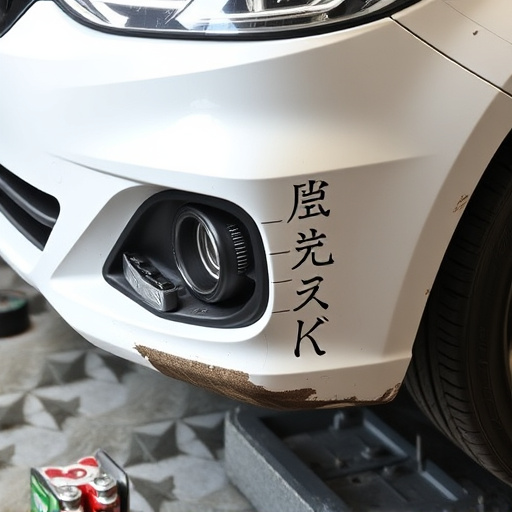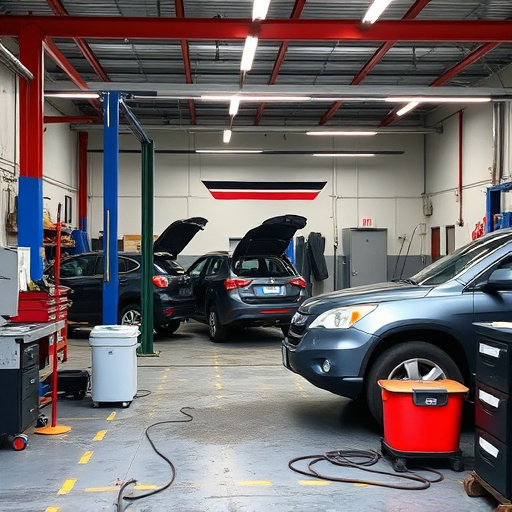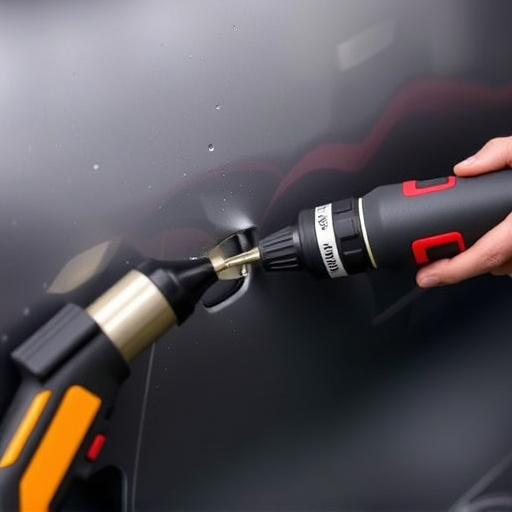Realistic repair timeframes and transparent communication are vital for managing customer expectations in auto services. By estimating completion times accurately, explaining repairs clearly, and providing regular updates, collision centers build trust, enhance satisfaction, optimize resource allocation, and foster a positive reputation through effective repair expectations management.
In today’s competitive market, exceptional customer service is paramount. Effective repair expectations management stands out as a game-changer in ensuring client satisfaction. This article delves into best practices aimed at optimizing your communication strategies and managing customer expectations during repairs. We explore critical aspects such as setting realistic repair timeframes, adopting transparent communication tactics, and implementing effective expectation management techniques. By mastering these skills, you’ll enhance customer loyalty and elevate your brand’s reputation.
- Setting Realistic Repair Timeframes
- Transparent Communication Strategies
- Managing Customer Expectations Effectively
Setting Realistic Repair Timeframes

Setting realistic repair timeframes is a cornerstone of effective repair expectations management. It’s crucial to communicate estimated completion times accurately, taking into account factors like the complexity of the repair, available parts, and potential unforeseen issues. In the context of a car repair shop or even auto glass repair, transparency here can significantly enhance customer satisfaction. When customers know what to expect, they feel more at ease and better informed.
This practice isn’t just about vehicle restoration; it’s about building trust. Providing realistic timeframe estimates shows that you value your customers’ time and prioritize their needs. It also allows for effective planning on the service side, ensuring resources are allocated efficiently without leading to undue delays or frustration for waiting customers.
Transparent Communication Strategies

In the realm of repair expectations management, transparent communication strategies are a game-changer for any auto collision center or collision repair center. The key is to foster open and honest dialogue with clients from the moment they bring in their damaged vehicle. This involves using straightforward language to explain the entire process, from initial assessment to final restoration. For instance, technicians should clearly outline each step of a car dent repair, including potential challenges and timeframes, ensuring clients are well-informed about what to expect.
By adopting these transparent communication practices, collision repair centers can build trust with their clientele. This is especially crucial when dealing with unexpected delays or additional repairs that may arise during the restoration process. When clients understand why certain procedures take longer or involve more costs, they are less likely to feel misled or frustrated. Such transparency not only enhances customer satisfaction but also strengthens the relationship between the repair center and its customers, fostering a positive image as a reliable auto collision center.
Managing Customer Expectations Effectively

Managing customer expectations is a critical aspect of successful repair expectations management. It involves clearly communicating the scope, timeline, and potential costs involved in any repair process, be it for a classic car restoration or more routine scratch repairs. By setting realistic expectations from the outset, businesses can avoid misunderstandings and ensure client satisfaction. This proactive approach fosters trust and strengthens the relationship between the repair shop and its customers.
In the context of car collision repair, effective repair expectations management requires detailed assessments to accurately determine the extent of damage. Clearly explaining these findings to clients helps them understand the necessary steps for restoration. Regular updates throughout the process, highlighting milestones achieved and any unforeseen challenges, further enhance transparency. This open dialogue ensures customers are well-informed, confident in the repair work, and appreciate the dedication to delivering quality service.
Effective repair expectations management is a cornerstone of customer satisfaction. By implementing realistic timeframe settings, transparent communication strategies, and efficient expectation management, businesses can transform routine repairs into positive customer experiences. These best practices ensure that clients are well-informed, satisfied with service quality, and confident in the repair process, ultimately strengthening client relationships and fostering brand loyalty.














